3D hair coloring: features and technique
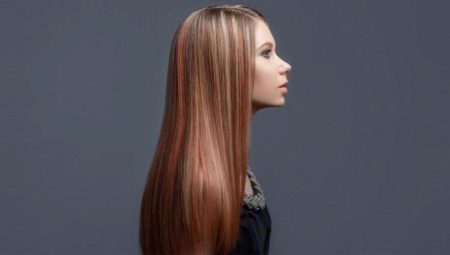
In a desire to improve their image, women all over the world resort to hair dyeing services. Today there are a huge number of such techniques, which have their own characteristics. Among the dyeing options of the latest generation, the popular 3D procedure should be highlighted, the result of which is the most natural look and color of hair.
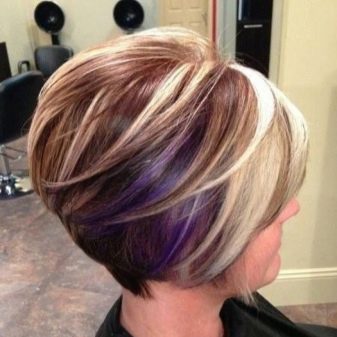

What it is?
The purpose of most partial hair coloring techniques, such as highlighting, coloring or balayage, is to change the original color to an excellent and even radically different one. However, along with this kind of services today, 3D coloring stands out, which, upon first consideration, may seem like an opportunity for an easier color change.
The main feature of such a procedure is the use of not additional colors in the work, but stitching of the hair with shades of the base color, which will be several tones lighter or darker.
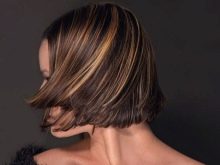
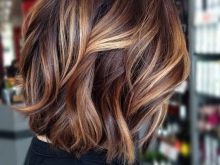

Due to this specificity, 3D coloring makes it possible to obtain the most natural result on the hair, and additional shades will only emphasize the brightness of the original hair color, which will look even more interesting. The strands will shimmer in the rays of artificial or natural lighting, but the overall appearance will not seem acquired by painting, but rather natural, modified from natural factors. The key to such an outcome will be a competent selection of color combinations.
Among the more creative options for 3D painting, one can distinguish the use of completely dissimilar shades, so the master will be able to create something similar to holographic painting using unusual colors.
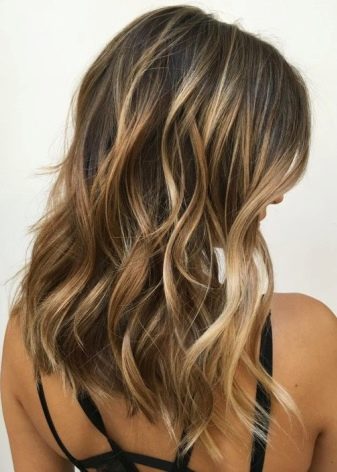
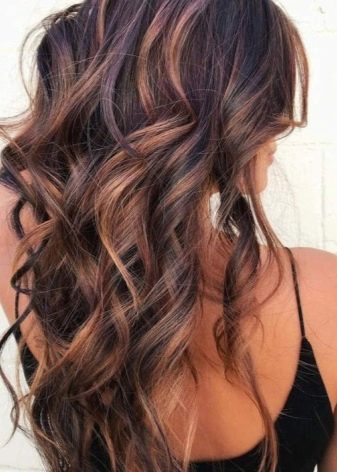
At the very beginning, only blondes used the volumetric coloring service, but today the masters in the salons offer a similar service to dark-haired girls and brown-haired women. In each case, its own color palette is used, consisting of light brown, red or dark colors.
However, the expected result from the procedure performed will be quite difficult to achieve on too dark, burning hair, since the transition of colors will be visually visible to a minimum.
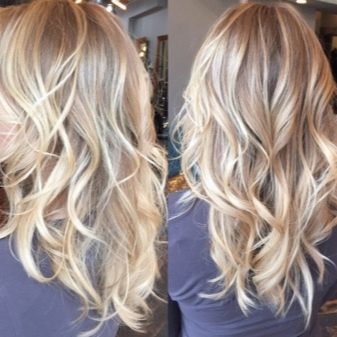
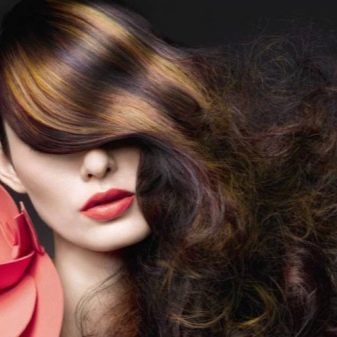
A very important task of the master in the salon will be to create a smooth flow of the used two, three or four shades from one to another on the hair. Moreover, the boundaries between them must be blurred, this is necessary to create a natural result of staining. In addition, such a harmonious technique will provide visual volume and shine to the hair. When dyeing, the hairdresser pays the accent on the occipital region and the roots of the curls. You can 3D-dye your hair regardless of its length and type of hair shaft.
The professionalism of the master will allow you to highlight the hairstyle when using this technology in work, even on short hair.
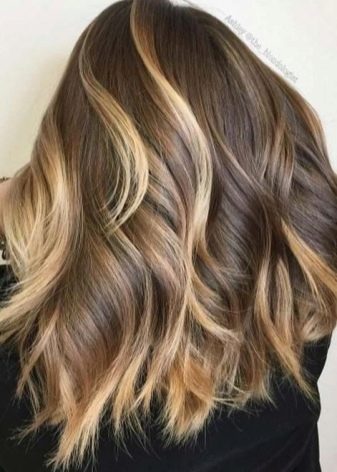
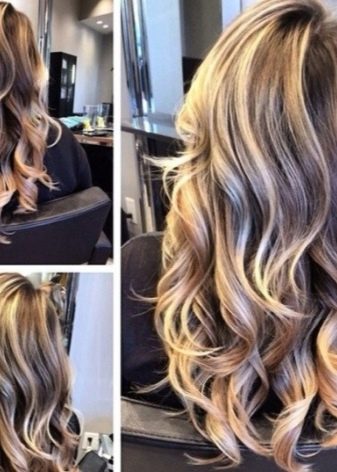
For brunettes, masters in beauty salons can offer a more expanded color palette, but blondes will also be able to create a brilliant and beautiful play of colors and shades on their hair. Dark-haired girls and women will have lively chocolate-nut shades on their hair, beautiful caramel or straw shades are used for blondes, as well as a version of cold blonde and platinum.
Women who choose the most suitable option for harmonious, and most importantly, gentle coloring should take into account one feature of the technique.
It concerns working with damaged curls, on which it will be possible to achieve the desired effect no earlier than after the second procedure.
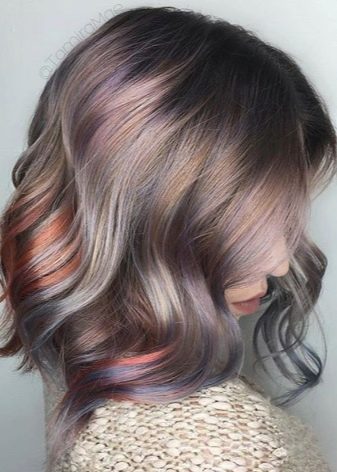
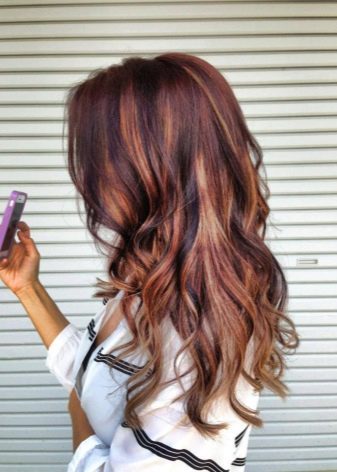
Advantages and disadvantages
Like any other salon technique for working with hair using dye formulations, 3D dyeing has its positive and negative sides. Among the advantages of such a painting, the following points should be noted.
- A haircut after using several shades of the base color will look many times more natural. Even if the main base light or dark color is not natural for the girl.
- This dyeing technique is recommended for owners of thin hair shafts, since the result of the inclusion of additional shades in the total mass of hair will be the creation of a visually lush and thick hairstyle.
- The hair color becomes shiny, which means it acquires dynamism, which has a positive effect on the general appearance of the fair sex and the haircut in general. As practice shows, for curls after coloring, the shine increases by 50%.
- 3D-coloring makes it possible to highlight not only all hair with a different shade of color, but also only a certain area in the hairstyle. Thanks to this, it will be possible to focus on a separate area in the haircut.
- The technique does not need frequent correction. Especially if the staining was carried out on a natural basis.
- Dyeing is a universal way to transform hair, therefore it has no age restrictions. In addition, hair of different structure, length and type can be dyed.
- The technique stands out for its safety for the general condition of the hair. In the course of working with dyes, the risk of contact of funds with the skin remains minimal.
- The palette of shades used is distinguished by its variety, as a result of which it will be possible to choose the most harmonious color option for any initial type.
According to the reviews of women who have used this service, the result of hair dyeing rejuvenates the owner of shiny and voluminous hair.
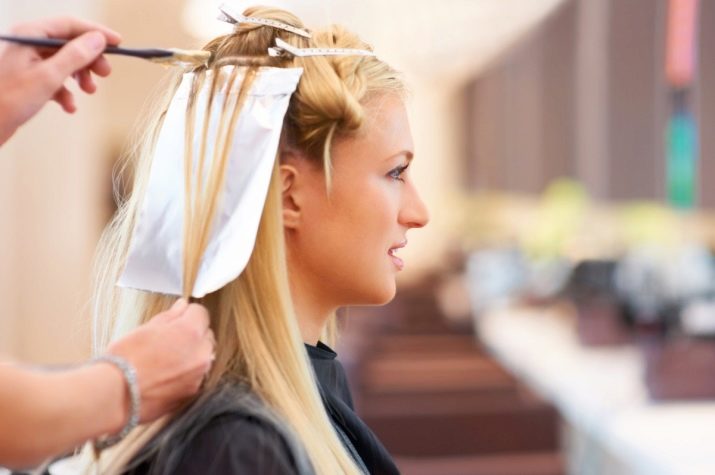
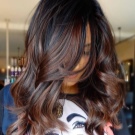
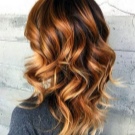


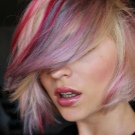
However, the procedure is not devoid of disadvantages:
- first of all, this concerns the high cost;
- it will be very difficult to make such staining at home;
- hair color correction over time should be entrusted to a professional;
- all work with hair will take quite a lot of time - about 3-4 hours;
- the hairstyle after dyeing will need mandatory care, otherwise the curls will look very dull outwardly.
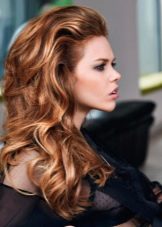
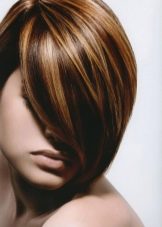
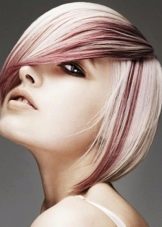
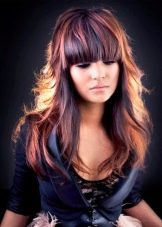
Staining technique
To achieve the desired effect on light or dark hair, certain sequential actions should be performed.
- At the first stage, it is necessary to clearly define the working color. As a rule, the master compares the base color of the curls with those available in the palette, although sometimes one visual assessment will be enough for a specialist.
- Next, you should choose a shade in this range. For the most harmonious look, it would be more correct to use several shades - from two to five. These shades will be lighter.
- For the roots, choose a darker shade of the base color. Such a feature in the selection of working materials will make the painting as close as possible to the natural transition of colors, which can fade under the influence of ultraviolet radiation or change in another natural way.
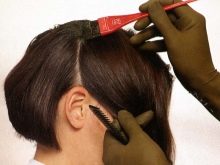
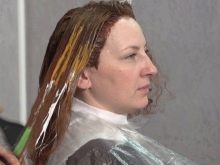

To work with hair using the 3D dyeing technique, you will need the following set of materials and tools:
- coloring compositions in the selected amount (it is best that the funds are from one brand);
- personal protective equipment - gloves, cape, apron;
- foil, which should be cut into small strips to delimit the strands while working with paint;
- containers for diluting paints, brushes;
- clips or hair ties;
- beaker.
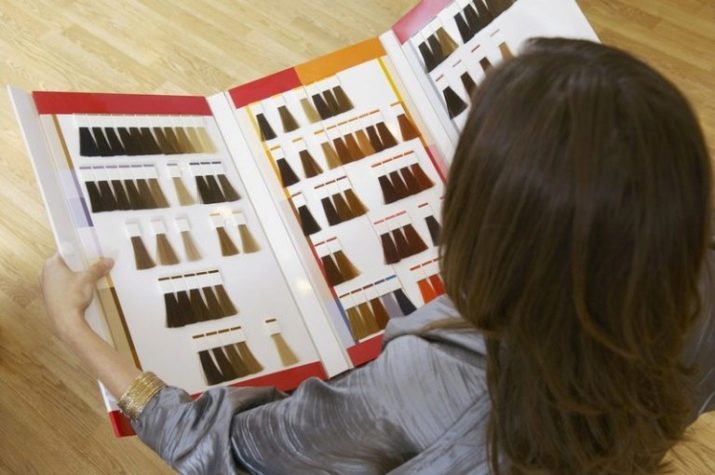
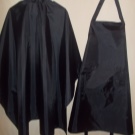
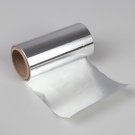

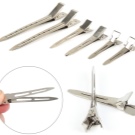
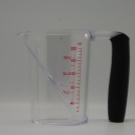
Before you dilute the compositions and start dyeing your hair, you need to carefully plan the upcoming work. As a rule, the master draws up a schematic picture of the location of the selected shades, taking into account the base color, structure and length of the curls. To help you draw up a paint scheme, you can use a standard universal option that allows you to successfully complete 3D painting.
However, at the request of the client and the master, the staining plan can be developed individually.
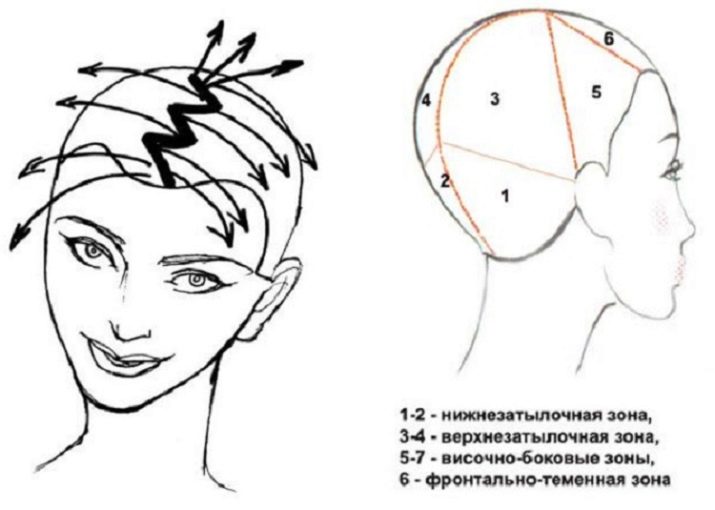
The universal scheme for working with shades is as follows.
- The painting process starts from the back of the head. The main task at this stage is to paint over the main hair color in the shape of a triangle.
- Then, strands should be separated from the formed triangle from the sides and painted over, the width of which will vary within 2 centimeters. In this case, a composition is used that will be lighter by one position.
- The next curls will be painted with an even lighter paint.
- Next, the master will start working with the hair again with a basic shade. The rest of the hair will need to be dyed in a similar sequence, alternating between light and dark shades of paint.
- Gradually moving down, you should leave a horizontal strip with not yet processed curls, which should be painted with alternating shades from top to bottom.
- Then the work should be done with hair located at the temples and on the same line in the forehead.
- The parietal region on the head should be painted last in a similar tonal pattern.
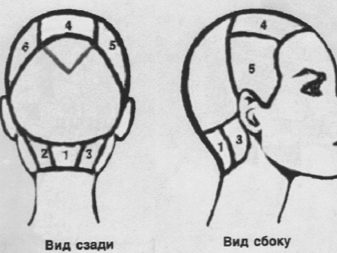
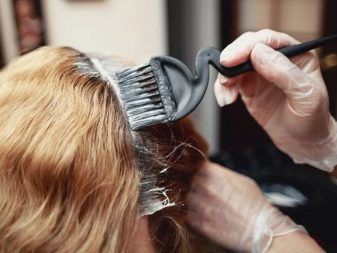
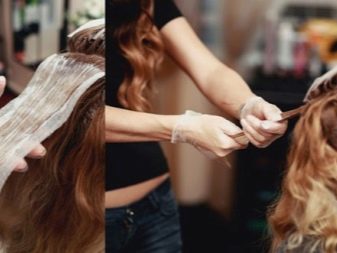
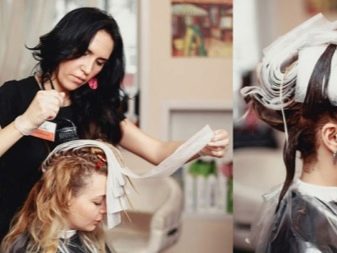
To separate the painted layers, use foil, wrapping curls with applied paint in it. The composition on the hair should be kept for as long as the manufacturer recommends. The paint is washed off with a shampoo for colored hair. We recommend using a balm to nourish your hair and make it easier to comb.
The algorithm for performing the work described above is rather laborious, requiring some experience in working with hair dyeing. In particular, this technology will take a maximum of time with long hair.
A worthy alternative to this method would be a lightweight version, which is quite possible to implement at home.
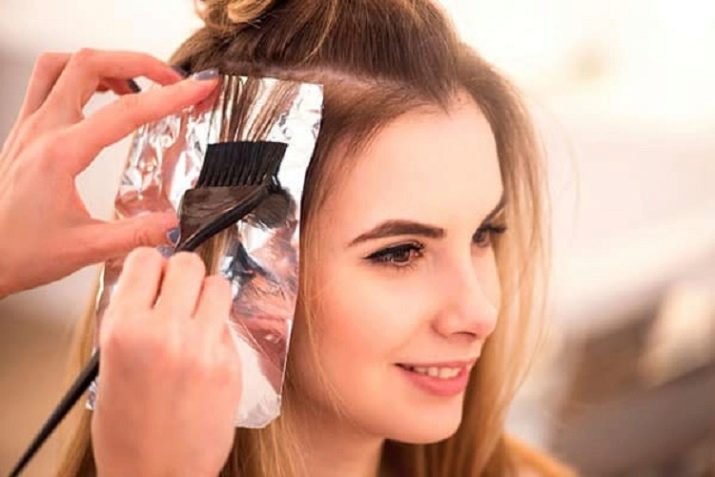
Algorithm of work
Coloring should be done by analogy with highlighting, regardless of whether dark or light hair is dyed. A beautiful effect can be achieved by coloring the strands in a checkerboard pattern, alternating shades of the selected light color, or by resorting to the zigzag painting option.
- Over time, the composition should be washed off the hair. Let the curls dry.
- Then apply the basic tone to the entire volume and length of the hair. Withstand the allotted time.
- Wash your hair with shampoo and balm. Make styling.
The result of this procedure will be staining, which creates smooth transitions of one color to light or dark shades in the selected strand highlighting scheme.

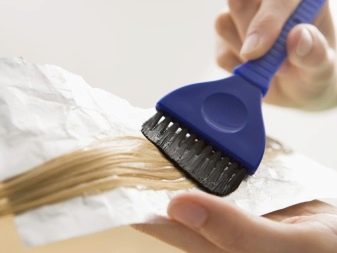
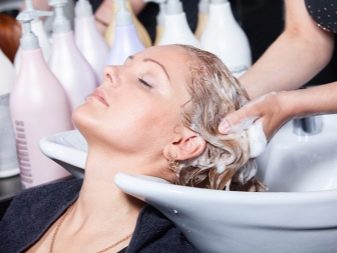

Care after the procedure
Of course, after dyeing, the hair shafts will need special care. The use of high-quality formulations for colored hair will allow them to recover faster after contact with chemicals, in addition, specialized products will have a positive effect on the shine of the colored strands and the durability of 3D dyeing in general. In particular, proper care will be relevant for long strands, as well as curly curls, which, as a rule, are prone to dryness and brittleness.
In addition to shampoos for colored hair, it is imperative to use various masks and conditioners designed to strengthen, moisturize and maintain the beauty of the hair shafts.


In addition to store products, many masters in salons recommend taking care of your hair after 3D dyeing when using home formulations. For example, instead of a purchased balm, you can make a nourishing option for hair restoration based on oils, yolk, and fermented milk products. A mild vinegar-based solution is a useful remedy to maintain the shine of colored strands.
As for the formulations for fixing, you can use lemon or other options for products with natural ingredients.



For beginner hair color tips, see below.








